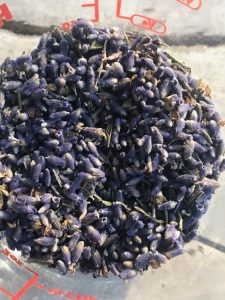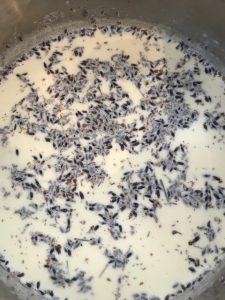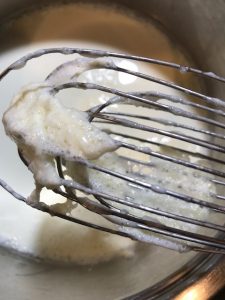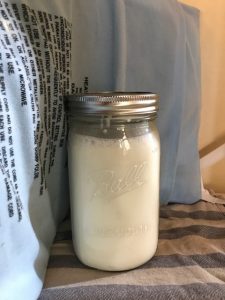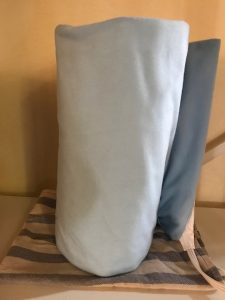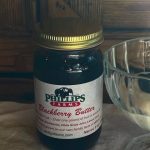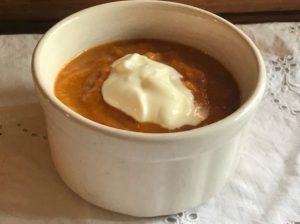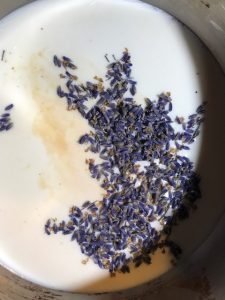One of my favorite ways to enjoy culinary lavender is by roasting the buds. Roasting transforms the flavor of lavender buds from a delicate floral to a unique nuttiness that pairs splendidly with root vegetables in the Fall.
To roast culinary lavender buds, heat a cast iron pan on medium high heat. Drop a few tablespoons or up to a cup of buds on the hot pan. Stirring constantly, roast the buds for 1 minute or until they are evenly roasted. Take the pan off the heat.
When the buds are cool, pack them into a clean jar.
The buds may be sprinkled on roasted butternut squash or other Fall root vegetables or used to season cream of Pumpkin Soup.
